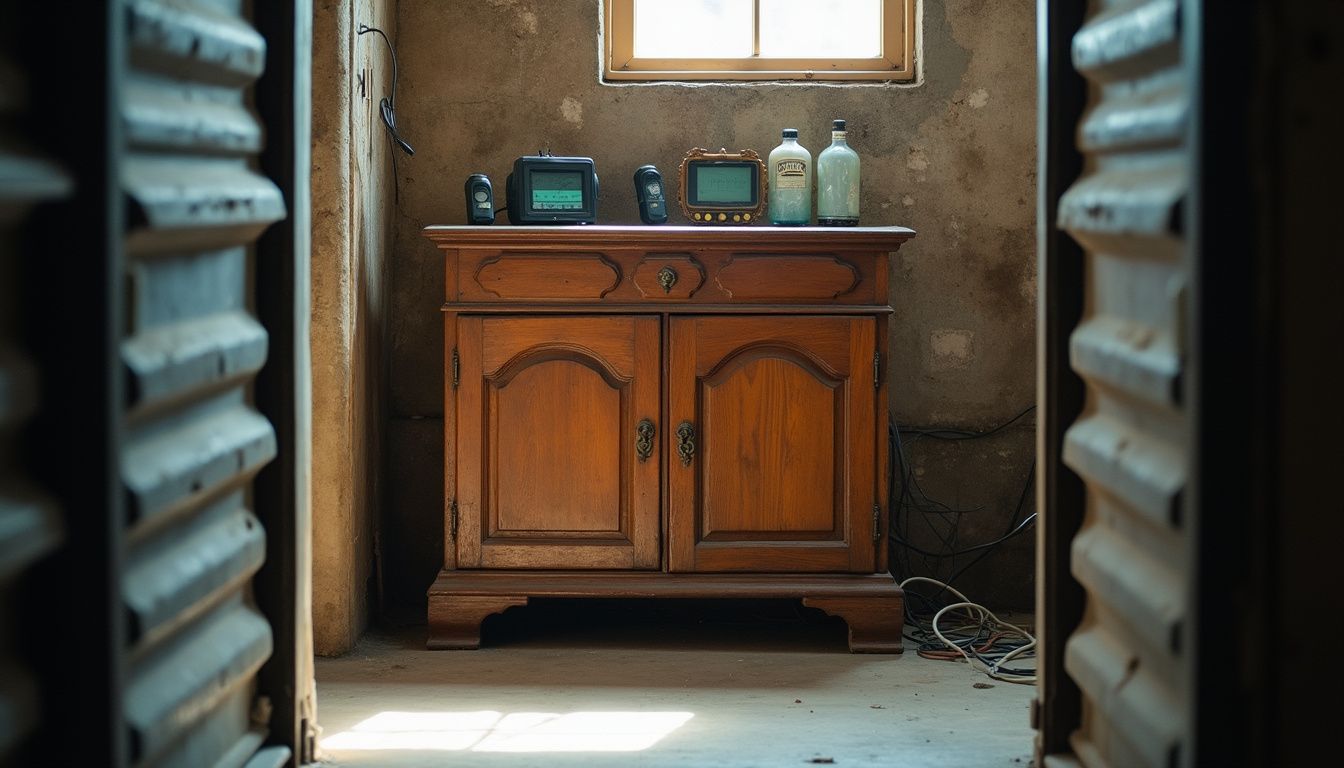Your old gaming consoles are sitting in the attic, and you can practically feel them melting. The air is thick and sticky, and every time you open a storage box, a musty smell hits you. You know there has to be a better way to protect your electronics, comic books, or family treasures from wild temperatures and moisture.
That’s when the big question hits you: Is it worth getting a climate-controlled storage unit? This thought crosses everyone’s mind when they need extra space for the things they truly care about.
This guide will show you exactly when climate control matters most. Whether you’re storing antique furniture through a harsh Iowa winter or protecting a prized guitar from the brutal summer heat in Texas, we’ve got you covered. We’ll break down the costs, benefits, and insider tips you need to decide if the extra expense makes sense for you.
Key Takeaways
Climate-controlled storage maintains a consistent temperature between 55°F and 80°F. It also keeps humidity levels below 55% to prevent mold, rust, and mildew from damaging items like wood furniture, electronics, vinyl records, photos, and documents.
Expect to pay 20% to 50% more for a climate-controlled unit compared to a standard one. According to SpareFoot, a popular storage marketplace, average prices can range from $70 to over $275 per month depending on size and location, with costs in cities like Miami being significantly higher.
Climate control is most essential in regions with extreme weather. This includes the scorching summers of the Southwest, the high humidity of the Southeast, and the drastic seasonal temperature swings in the Midwest.
The future of storage is smart and sustainable. By 2025, expect more facilities to offer features like the Nok? Smart Entry system for keyless access, mobile apps for remote monitoring, and a greater use of solar panels to reduce environmental impact.
Table of Contents
What Is Climate-Controlled Storage?

So, how does temperature-controlled storage actually work its magic? These units rely on commercial-grade HVAC (Heating, Ventilation, and Air Conditioning) systems to keep the internal environment stable, much like a museum or a wine cellar.
Most facilities, including major operators like Public Storage and Extra Space Storage, maintain temperatures between 55°F and 80°F. Some U-Haul locations keep an even tighter range of 65°F to 85°F for added protection.
It’s about more than just air conditioning. The buildings feature heavy-duty fiberglass insulation in the walls and often include vapor barriers to block out moisture. This is crucial for shielding your belongings from scorching heat in the Southeast or freezing temperatures across Nebraska and the prairie provinces.
Humidity control is the other hero of this story. Integrated dehumidifiers and ventilation systems work together to keep the relative humidity consistently below 55%, which is the threshold where mold and mildew begin to thrive. This protects everything from your mattress to the sensitive components inside your computer.
If you need reliable protection from seasonal damage and pests, a climate control storage unit is your best bet.
“Climate control is not just an upgrade, it’s peace of mind when you’re storing what matters.”
Benefits of Climate-Controlled Storage Units
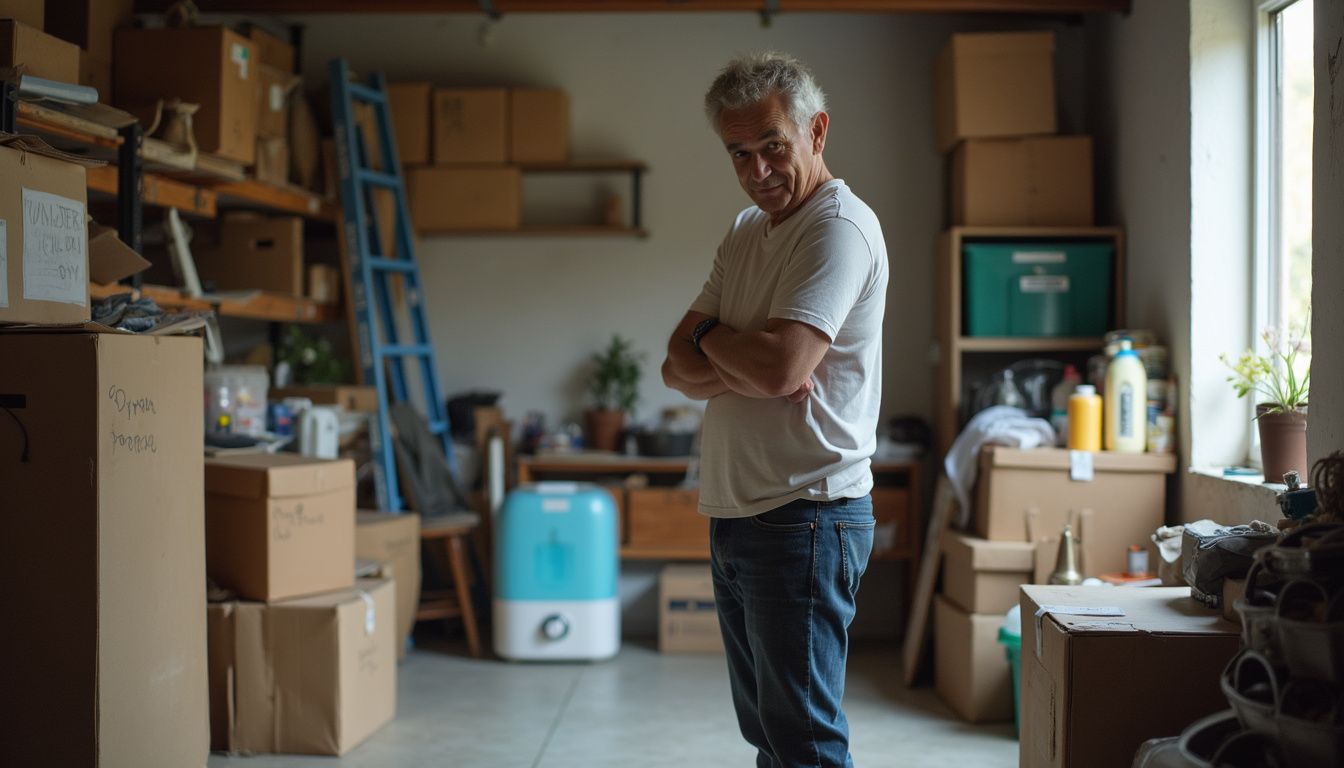
A climate-controlled unit does more than just keep things cool. It protects against hidden dangers like water damage, improves air quality by filtering out dust and allergens, and prevents the corrosion and mold that humidity invites. These benefits are valuable for both long-term and temporary storage needs.
How Does Climate Control Protect Against Extreme Temperatures?
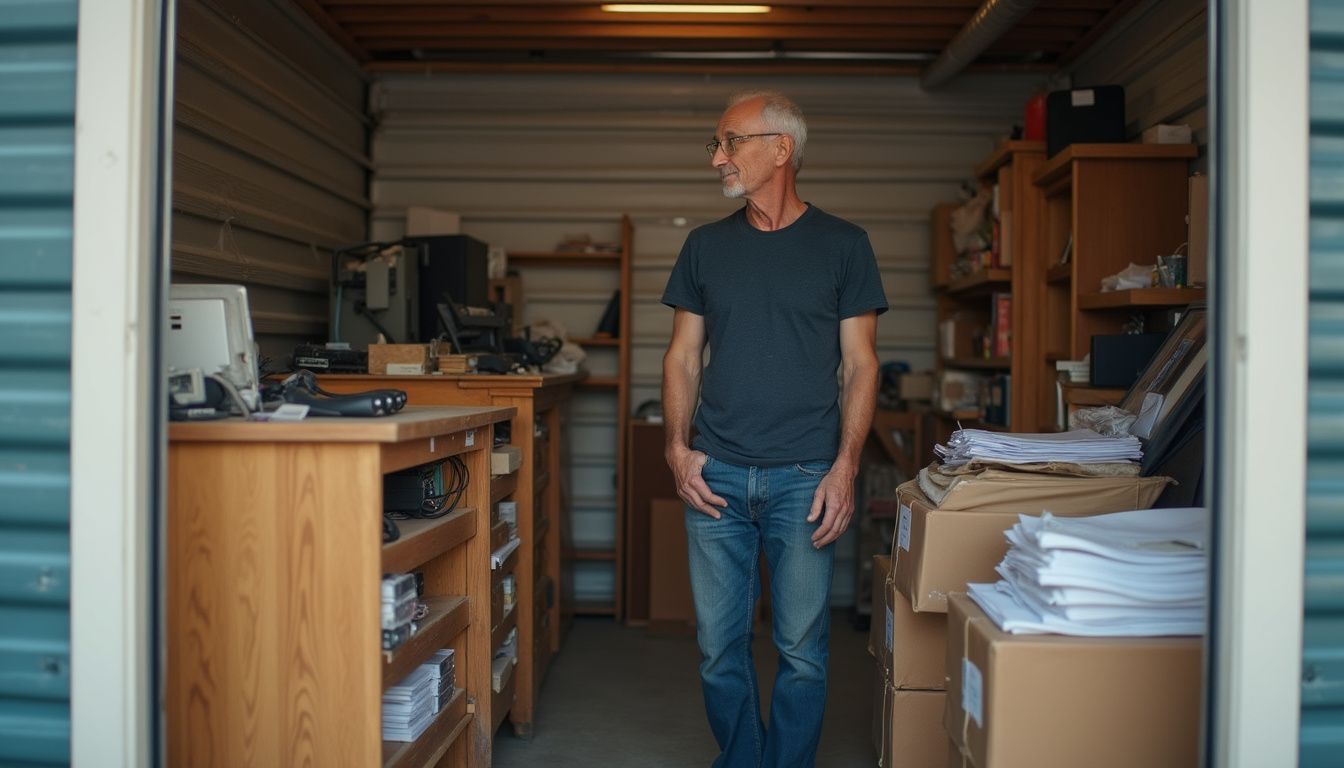
A standard storage unit without climate control can get up to 30°F hotter than the temperature outside, especially a drive-up unit soaking in direct sun. On a 90°F day, that means the inside could reach a scorching 120°F. Now imagine your vinyl records or wooden furniture baking in that heat for months.
Extreme heat causes wood to warp, plastics to melt, and batteries to leak. In the cold of a Missouri winter, freezing temperatures can make wood brittle and cause it to split. Heated storage prevents this damage by keeping the environment stable, protecting everything from fine art to important business documents.
Regions like the Midwest see massive temperature swings, where summer heat melts items and winter cold freezes them solid. Climate-controlled storage protects against both extremes by managing airflow and moisture. This is essential for protecting sensitive items on the East Coast and in the Pacific Northwest, where weather shifts can be unpredictable.
Why Is Moisture and Humidity Control Important?
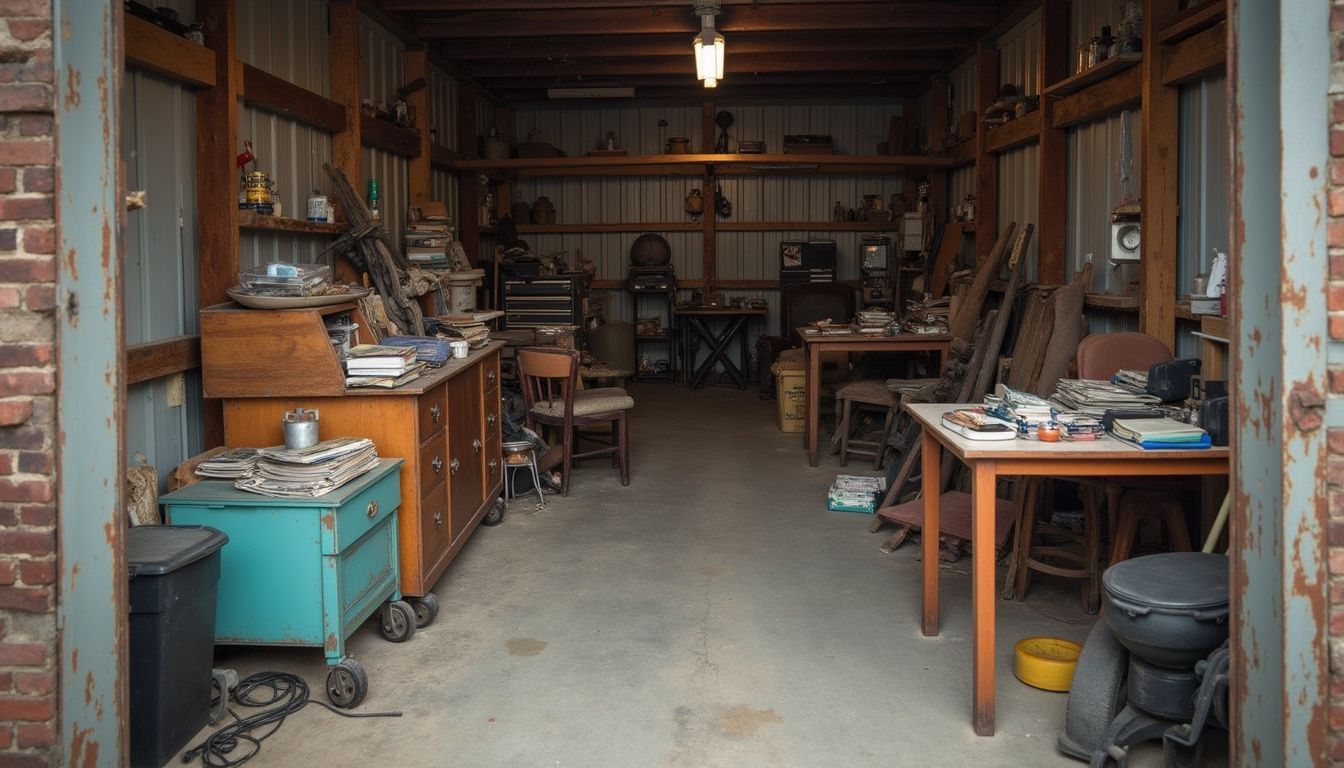
High humidity can destroy your belongings faster than almost anything else. Mold and mildew love to feast on paper, fabric, and even the glue holding your furniture together. I once lost half my vintage comic collection because moisture warped the pages and left an impossible-to-remove musty smell.
Your metal tools and electronics face another threat: rust and corrosion. Without proper humidity control, sensitive metal parts can quickly degrade. Climate-controlled units solve this by maintaining a relative humidity level below 55%, creating an environment where these problems can’t start.
“Controlling temperature and humidity is critical for preservation,” state the experts at the National Archives. They note that high humidity is one of the fastest ways to cause permanent damage to paper and photographs.
The cost of cleaning mold or repairing rust damage is almost always higher than the premium for a good storage space. It’s not just about money; it’s about protecting your memories and valuable assets.
How Does Climate Control Help With Long-Term Preservation?
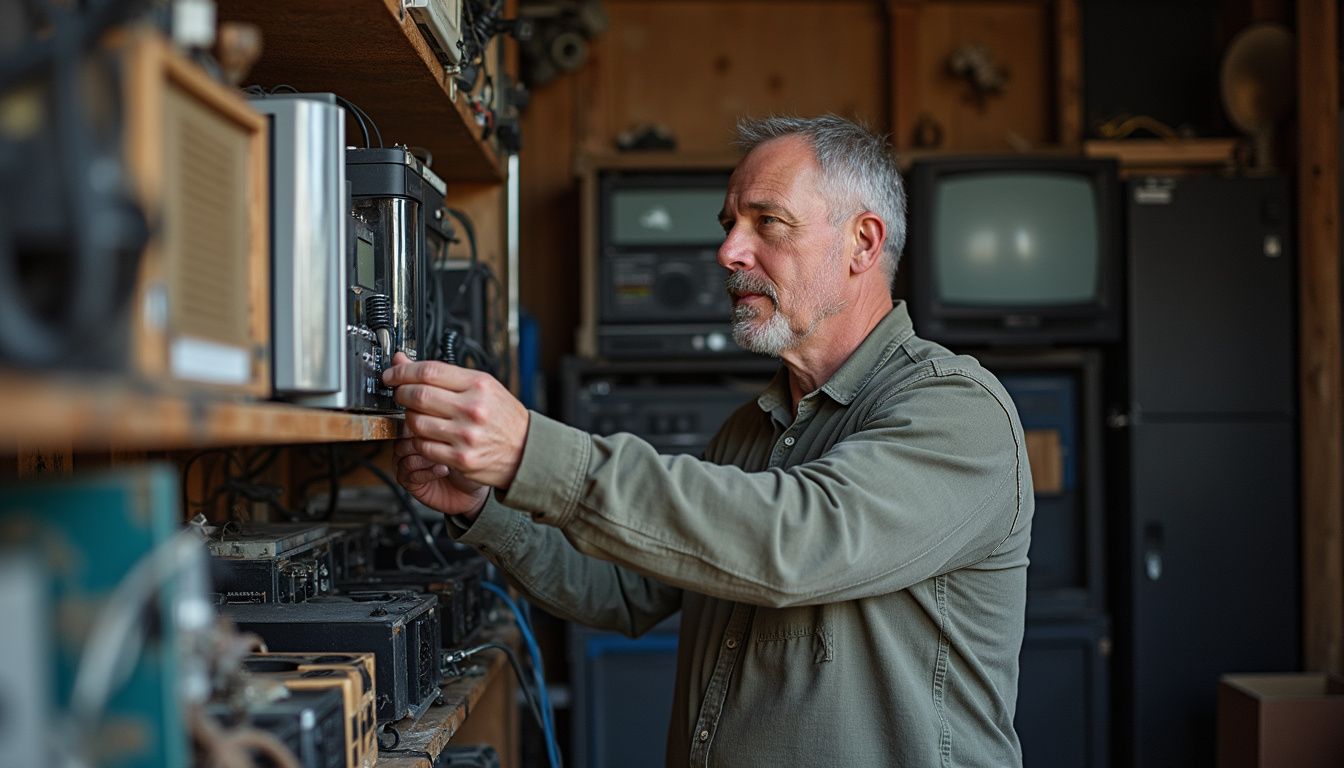
A stable temperature between 55°F and 85°F protects wood, fabric, and electronics from expanding, shrinking, or cracking over time. I once stored my old gaming consoles in a garage during winter, and the plastic warped so badly the switches wouldn’t even work. With climate-controlled storage, those same types of consoles can work like new years later.
Consistent moisture control also prevents mold and mildew from setting in. This keeps upholstery fresh, photos crisp, and even preserves the corks in your wine bottle collection.
It’s about stopping slow, creeping damage before it starts.
Can Climate Control Prevent Pest Damage?
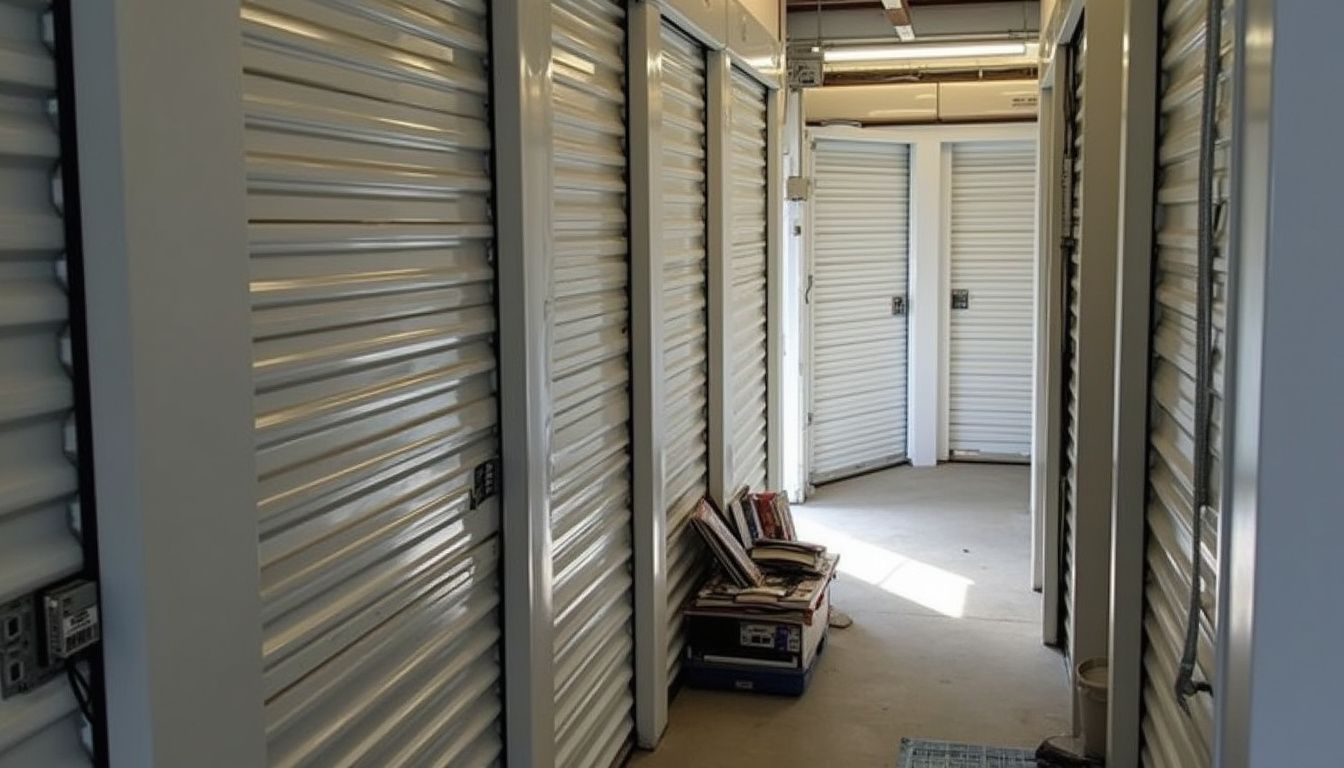
Climate-controlled facilities create a powerful defense against pests. Rodents, termites, and insects like silverfish are always looking for shelter from extreme weather. These units have tight seals and few entry points, making them much harder to get into than a typical garage or shed.
According to pest control experts at Orkin, the constant, cool, and dry environment is also less attractive to pests that thrive in warm, damp, and dark places. The low moisture levels prevent the growth of mold, which can be a food source for some insects.
These units are also typically located inside a larger building and are cleaned regularly by staff. This reduces the dust, debris, and crumbs that might otherwise tempt rodents. It all adds up to a much safer place for your belongings.
Items That Require Climate-Controlled Storage
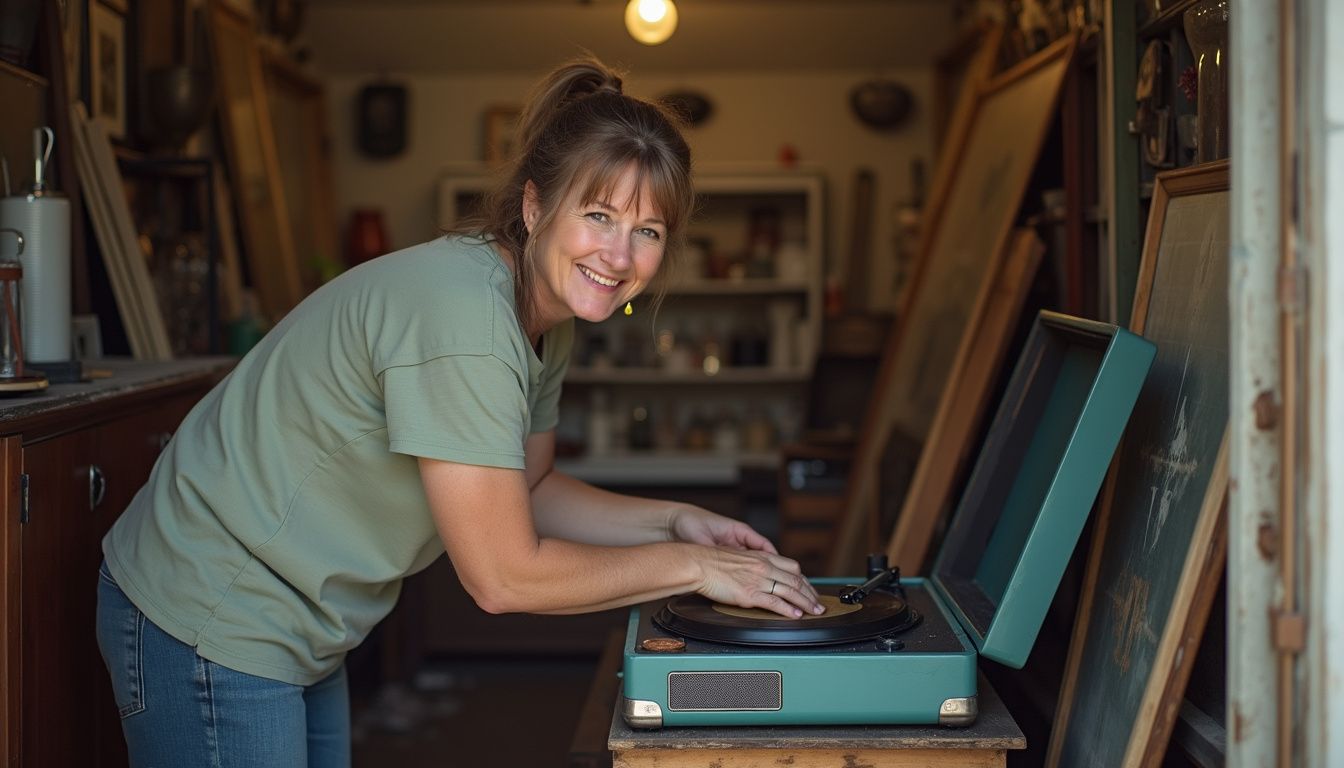
Some belongings are simply too sensitive for a standard unit. Collectibles, sensitive equipment, and sentimental items often need the extra protection that climate control provides.
Why Store Furniture and Wooden Items in Climate-Controlled Units?
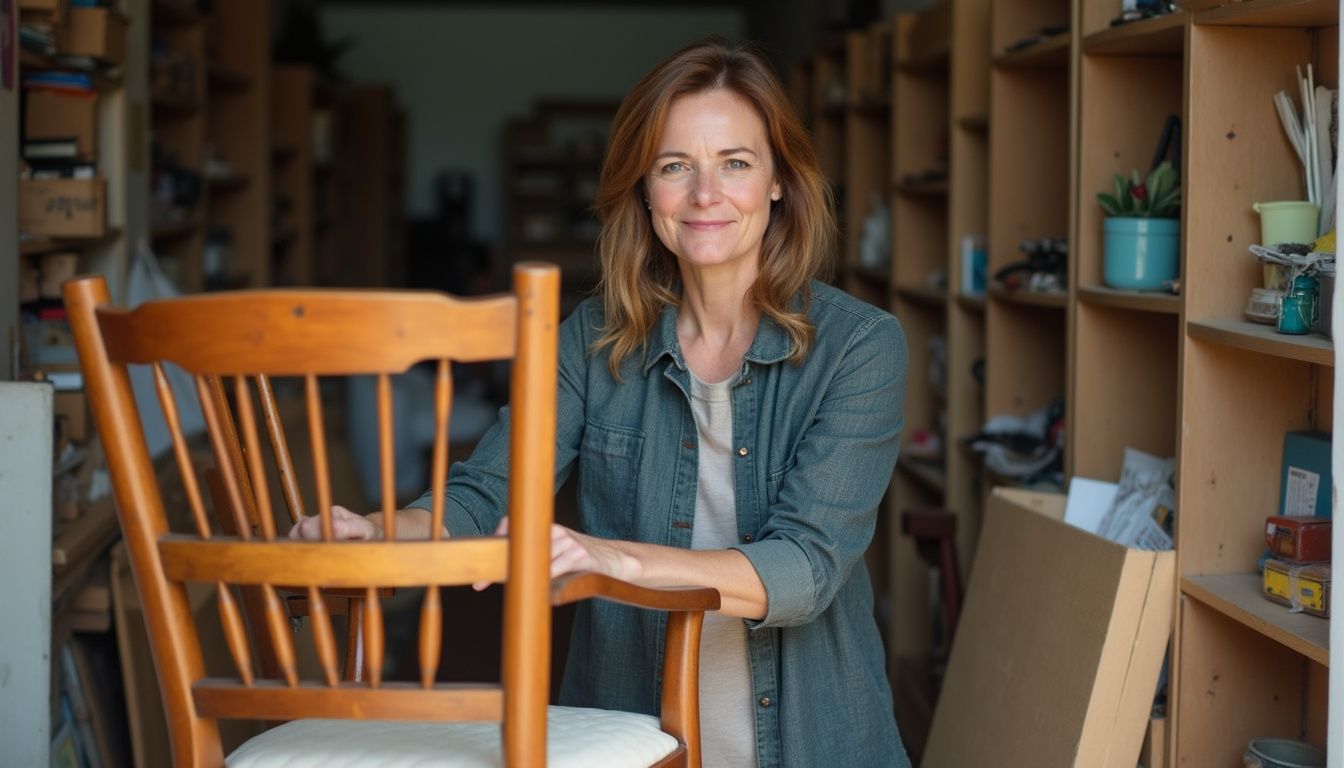
Wood and fabric just can’t handle extreme temperature swings. I left an oak desk in a regular storage unit one summer, and it warped so much the drawers got stuck. Climate control maintains a stable environment to protect your wooden chairs, tables, and bookcases from cracking in the winter or swelling in the summer.
This applies to leather furniture and items with upholstery, too. High humidity has destroyed countless pieces by allowing moisture to seep into the material, causing mildew and rot. Facilities from CubeSmart to Public Storage use advanced air systems to filter dust and limit moisture, adding years to your furniture’s life.
Should Electronics and Appliances Be Stored in Climate-Controlled Units?
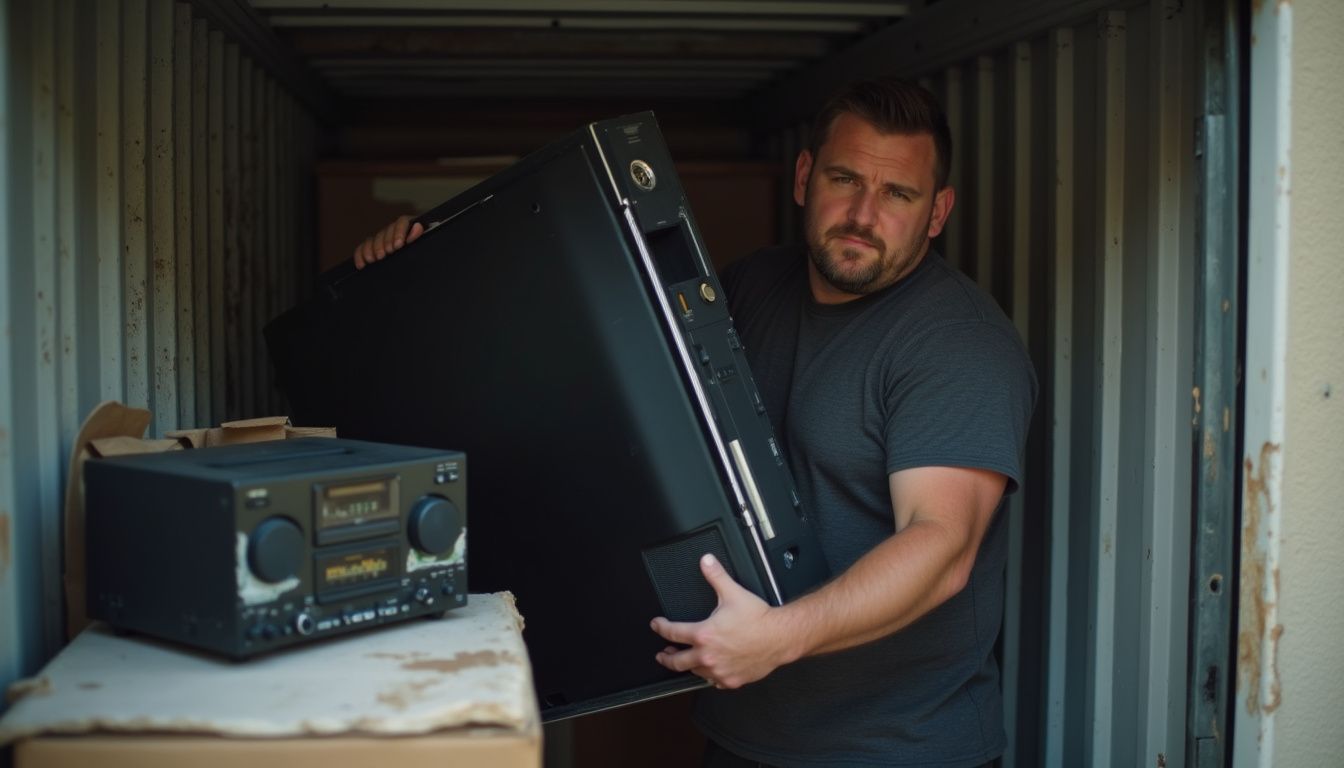
Absolutely. Storing electronics like TVs, computers, stereos, and game consoles in climate-controlled units is critical. Moisture can short-circuit motherboards and corrode wiring, a common problem in humid climates.
I learned this the hard way when I stored a stereo in a standard unit during a Florida summer. By August, mold had grown inside and the wiring was ruined. According to a study by the U.S. Navy, high temperatures and humidity are two of the leading causes of electronic component failure.
Large appliances with water lines, like refrigerators and washing machines, are also at risk. Freezing temperatures can crack hoses, while humidity can lead to mildew and rust. As Consumer Reports often notes, proper storage conditions are key to extending the life of your appliances.
What Important Documents and Photos Need Climate Control?

Paper documents like birth certificates, tax records, and business contracts can fall apart in heat and dampness. When humidity fluctuates, paper can become yellow and brittle, while ink can fade. This is especially true for photos, which can warp, curl, or have their colors permanently altered.
This protection is also vital for collectibles. A vintage Spider-Man issue, a stamp collection, or old film negatives can be ruined by moisture, causing pages to stick together or crack. Pests attracted to humidity will also happily chew through valuable paper.
Digital scans are a great backup, but your originals deserve the archival-quality protection of climate-controlled storage. It keeps them crisp for years to come.
Is Climate-Controlled Storage Necessary for Clothing and Fabrics?
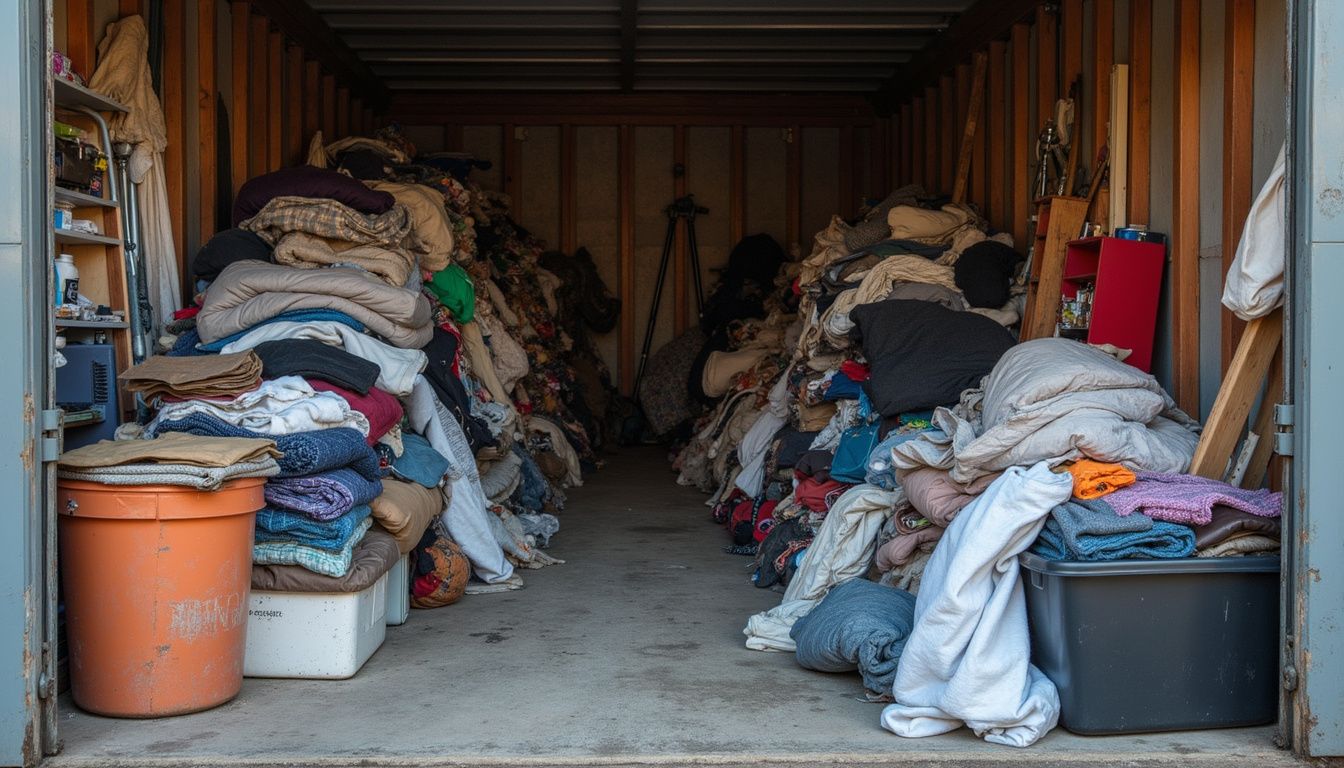
Yes, especially for long-term storage or valuable items. Heat waves, freezing nights, and humidity can ruin delicate fabrics. I stored some Comic-Con t-shirts in a non-controlled unit one summer, and mold growth and mildew took over, leaving permanent stains.
Textiles like wool, silk, and leather easily absorb moisture, which breaks down the fibers. This is even more critical for irreplaceable items like a wedding dress, military uniform, or a family heirloom quilt.
Airtight vacuum bags and plastic bins offer some help, but a stable temperature is what prevents colors from fading and fabrics from stretching. Climate control also keeps away moths and other pests that love to nest in clothing. Storing your vintage cosplay outfits in the right conditions will keep them looking sharp for years.
Factors to Consider Before Choosing Climate-Controlled Storage
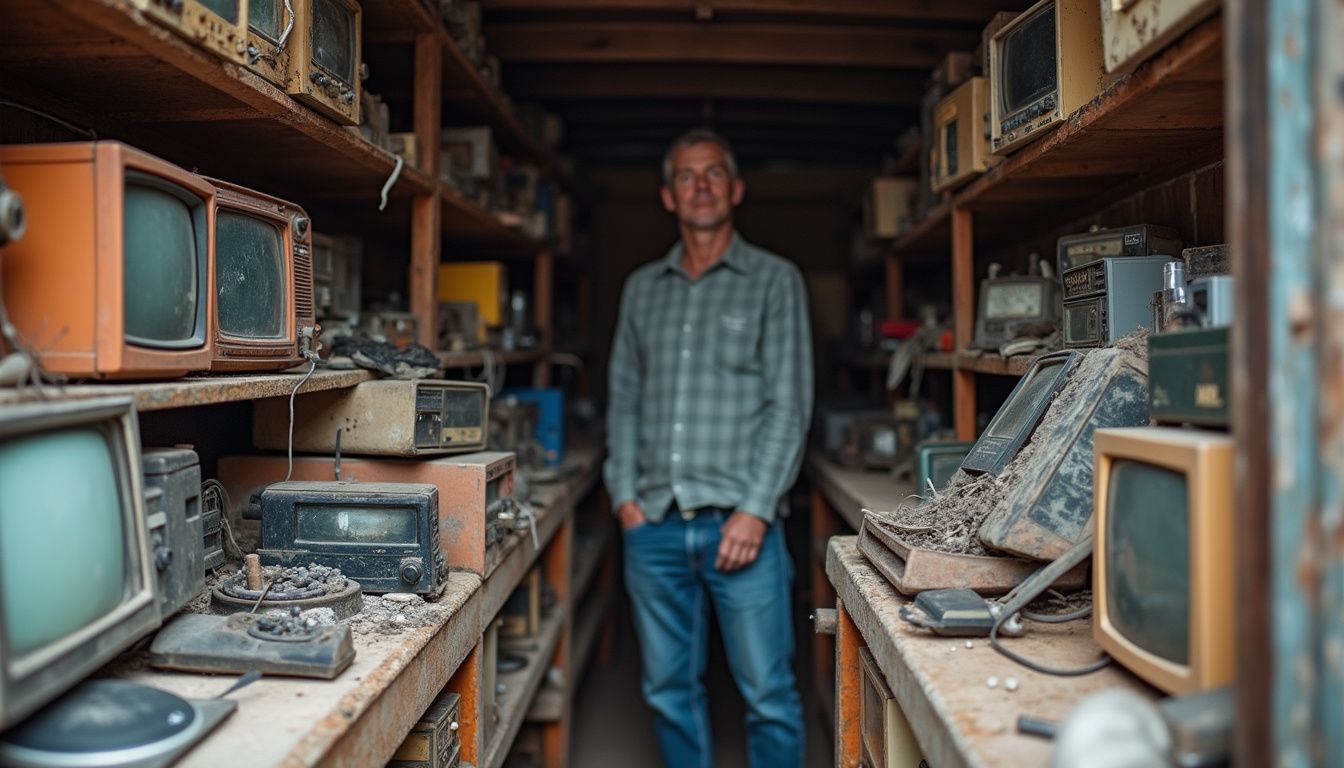
Before you commit, it’s smart to weigh the cost against your needs. Think about your local climate, how long you plan to store your items, and the actual value of what you’re protecting.
How Much Does a Climate-Controlled Unit Cost?

The price for peace of mind can vary quite a bit, especially in major cities. Here’s a general breakdown of what you might expect to pay.
| City | Lowest Monthly Price | Highest Monthly Price | Popular Unit (10×10) | Standard vs. Climate-Controlled (5×5) | Standard vs. Climate-Controlled (10×20) |
|---|---|---|---|---|---|
| Atlanta, GA | $14 | $326 | $170 | $65 / $85 | $225 / $285 |
| Brooklyn, NY | $6 | $491 | $170 | $65 / $85 | $225 / $285 |
| Chicago, IL | $10 | $346 | $170 | $65 / $85 | $225 / $285 |
| Dallas, TX | $22 | $329 | $170 | $65 / $85 | $225 / $285 |
| Houston, TX | $18 | $266 | $170 | $65 / $85 | $225 / $285 |
| Las Vegas, NV | $12 | $368 | $170 | $65 / $85 | $225 / $285 |
| Miami, FL | $17 | $439 | $170 | $65 / $85 | $225 / $285 |
| Orlando, FL | $17 | $299 | $170 | $65 / $85 | $225 / $285 |
| Phoenix, AZ | $12 | $263 | $170 | $65 / $85 | $225 / $285 |
| San Antonio, TX | $16 | $225 | $170 | $65 / $85 | $225 / $285 |
- A climate-controlled unit typically runs 20% to 50% more than a standard unit. For valuable electronics or collectibles, that extra cost is often justified.
- The average cost for climate-controlled storage in the U.S. falls between $70 and $275 per month, but this changes based on location, unit size, and availability.
- Unit size is a major price factor. A small 5×5 unit might cost around $85 per month with climate control versus $65 without. A large 10×30 unit could be $380 with climate features, compared to $300 for a standard one.
- Peer-to-peer services like Neighbor can sometimes cut costs by 30-50%. These platforms let you rent space from locals, often without the rate increases and long-term contracts of traditional facilities.
How Does Your Location and Local Climate Affect Storage Needs?
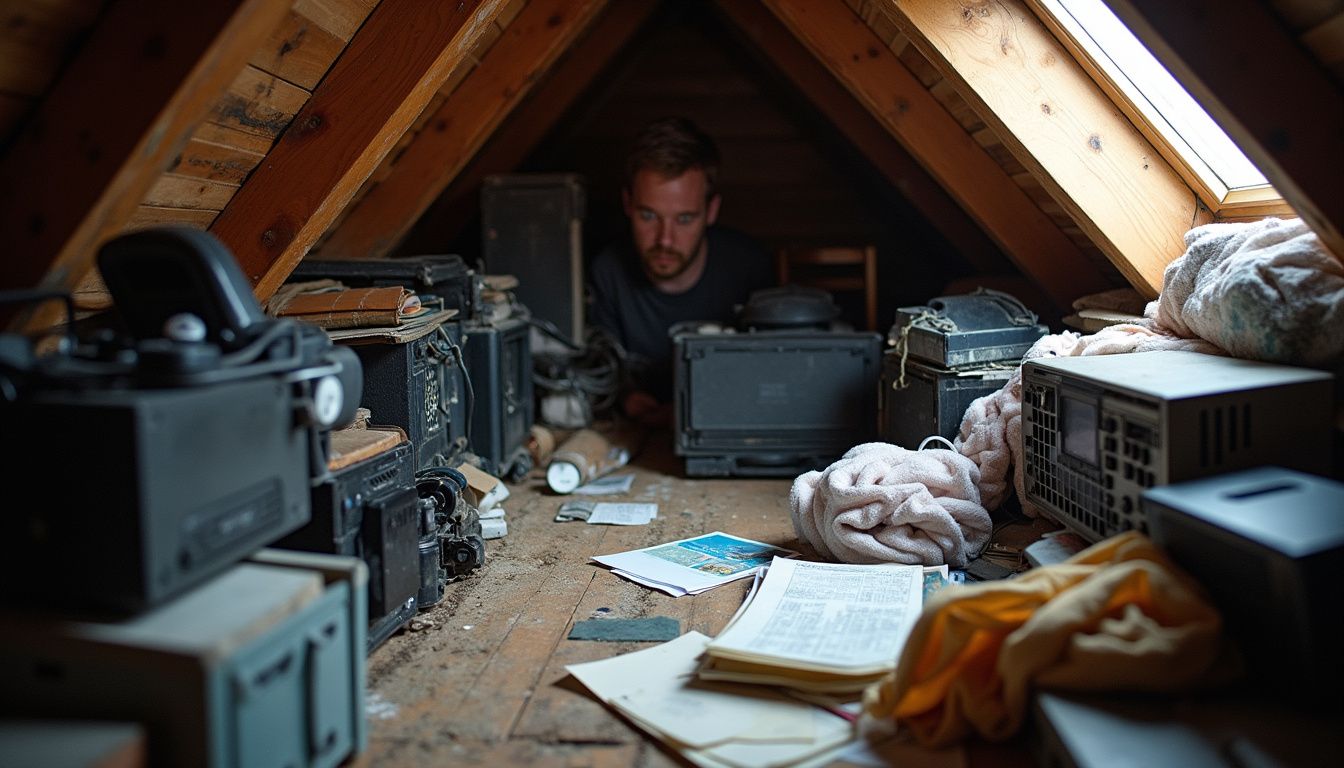
Your ZIP code plays a huge role in this decision. In places with high average humidity like the Deep South, where levels often exceed 75%, air-conditioned storage is essential to prevent mold and warping. In the dry heat of Arizona or Nevada, it protects items from cracking and melting.
The Midwest sees both extremes, from freezing winters to blazing summers. This makes climate control a year-round necessity to avoid damage. Even in milder climates like the Pacific Northwest, long-term storage of sensitive items can still benefit from a stable environment.
In colder northern states like Maine or Michigan, heated storage becomes vital. It prevents liquids from freezing, wood from splitting, and sensitive electronics from cracking. A good rule is to choose a unit that protects your items from your local weather quirks.
How Long Will You Need to Store Your Items?

If you only need to store sturdy items like plastic chairs or metal tools for less than a month or two in a mild season, you can probably skip the extra cost. I packed my gaming consoles away for a college semester once, and they survived just fine in a standard unit thanks to mild weather and good plastic bins.
However, if you’re storing for longer than three months, especially through a hot summer or a freezing winter, you’re taking a gamble. The risk of musty clothing or fried circuit boards goes up significantly. For anything you plan to store long-term, climate control becomes necessary.
This is doubly true for high-value items like vintage technology, signed collectibles, or special-occasion outfits. If you have elaborate gear, it’s also worth checking out how to properly store cosplay items to keep them in top shape.
How Will Climate-Controlled Storage Change in 2025?

The self-storage industry is getting a major tech upgrade. By 2025, you can expect to see more smart features like keyless entry systems from companies like Nok?, which let you access your unit with your phone. Automated payments and online rentals are already becoming standard.
As weather patterns become more extreme, sustainability is also a focus. New facilities are being built with energy-efficient lighting, better insulation, and even solar panels. Some companies are also installing smart moisture sensors that can alert you on your phone if humidity levels inside your unit unexpectedly rise, giving you a chance to address a problem before it causes damage.
This new technology makes storage more secure, convenient, and better at protecting your valuable items.
People Also Ask
What is a climate controlled storage unit and why would I need one?
A climate-controlled storage unit is an indoor space that maintains a steady temperature and humidity level year-round. You need one if you’re storing sensitive items like wood furniture, electronics, artwork, or important documents that could be damaged by extreme heat, cold, or moisture.
Are climate controlled units worth the extra cost?
For valuable or sentimental items, the answer is almost always yes. Spending a little extra per month can save you from the much higher cost of replacing items ruined by mold, warping, or corrosion. It’s an investment in protecting what matters.
Which belongings benefit most from climate control?
Musical instruments, leather furniture, vinyl records, comic book collections, and family photo albums are prime candidates. Basically, anything made of wood, paper, fabric, or sensitive electronic components will last much longer in a stable environment.
Can I skip climate control if my stuff isn’t fancy?
Even everyday items like mattresses, appliances, and clothing can be ruined by mold and mildew caused by humidity. If you live in an area with extreme temperatures or high humidity, climate control is a smart choice for any items you want to keep in good condition.
